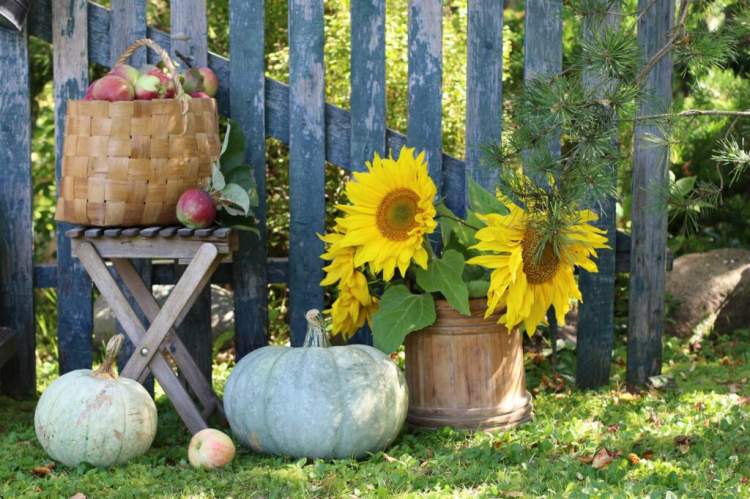Spring Onions: Harvesting, Storing And Preserving
Spring onions should not be missing in the garden: We show everything from the harvest to correct storage to preservation by freezing.
With the right growing method, you can harvest fresh spring onions throughout the gardening season. Because the spring onion, also called winter hedge or spring onion, is hardy and grows persistently, you can only cut off the leaves and the upper part of the stem. Then the spring onions will grow back and you can harvest the bed all year round. Another method is to add sentences. For this, only one or two rows of spring onions are sown every other week. Due to the time lag, which you can of course vary, you always have fresh spring onions, which should then be harvested completely. With precisely this cultivation method, the vegetable farmers ensure a continuous supply of fresh vegetables.
Harvest time for the spring onion
Because the spring onions can be sown during the entire frost-free period, there is no fixed harvest time. In warm weather and a well-chosen location, the spring onion needs 3 months from sowing to the first harvest. As a rule, the plants are then harvested when they are 25 cm tall. There is not much to consider with the harvest itself. The onions are simply carefully pulled out of the earth. You should also clean the spring onions before storing them. If you decide to cut the spring onions, make sure you leave them at least 5 cm above the ground.

Shelf life and storage of the spring onion
Unfortunately, spring onions lose their crunchy texture and aroma relatively quickly when they are stored. This is because the spring onion does not have a protective skin like potatoes, for example. In general, leafy vegetables cannot be stored for very long. Theoretically, it is possible to store spring onions in the refrigerator for a little longer than a week, but by then half of the leaves have often become unsightly.
You might like: Lentils: Pro Tips For Care And Grow A Healthy Vegetables
You should always try to harvest spring onions fresh and then eat them for the next day or two. Because if you go to the trouble and grow the spring onions yourself, then they should come fresh on your plate. Whether the spring onions are put in the refrigerator during this time or rather put in a water glass with the remaining roots is more a matter of belief. In our opinion, both methods are good for keeping the spring onions fresh for a short time.
You Might Like: Companion Planting With Turnips
Tip: You can simply leave some of the spring onions on the bed longer.

Freezing spring onions?
Yes, that is also possible! If the harvest is too abundant, we recommend freezing. Due to the low temperatures, the valuable ingredients are almost completely preserved and frozen spring onions are still very healthy. To freeze, the spring onion is cleaned thoroughly and then dried. The spring onions can now be cut into small rings or sticks, saving you space in the freezer.
Although the ingredients are retained through the freezing, the consistency after thawing is unfortunately no longer as crunchy as we are used to forming a fresh spring onion. In our opinion, frozen spring onions are therefore only a second choice as a raw addition to salad or quark. But they are just as suitable for cooking as fresh spring onions.

Spring onions can be grown quite easily in your own garden. Here are our tips and tricks for planting onions.






